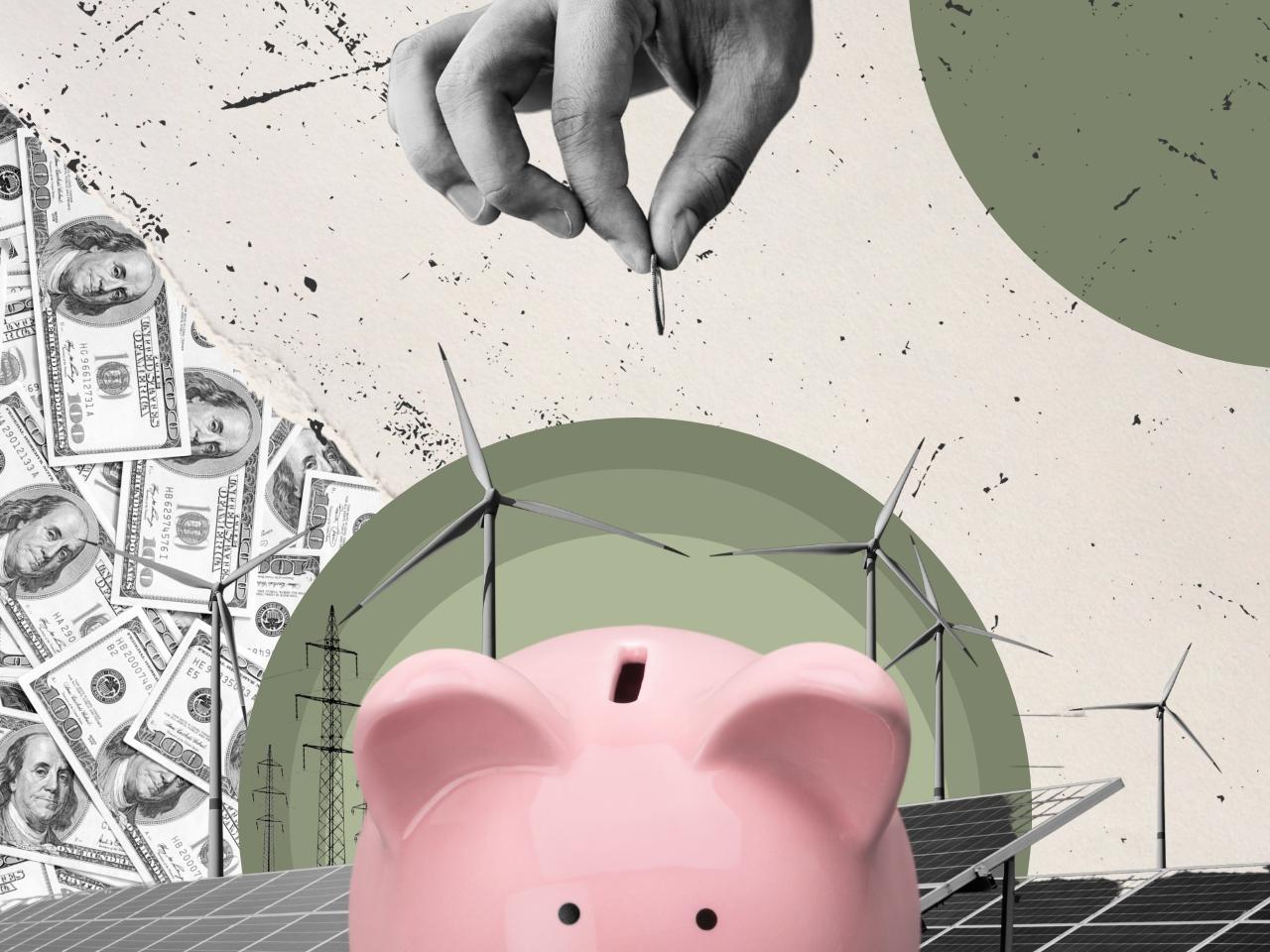Image Credit: Climate promise
Why isn’t the energy transition happening at the pace needed to stay close to Paris Agreement goals? The answer is multi-faceted, of course. Much donor attention, including in TAI circles, has focused on where the money is to come from and the quantity of finance. However, judging by what has come through my inbox in the past couple of weeks, much relates to deficiencies in the financing models that point to broader governance-related failings.
One factor is a lack of transparency. Todd Moss unpacking of the World Bank’s Solar Scaling program history highlights how opacity hampered its ability to do what it claimed – namely scale. “The opportunity to promote transparent contracting and clarity on subsidies, and to make an open honest case for how to get solar deals done in the world’s riskiest markets, was sadly lost.”
That failing extends to the much-touted potential of blended finance for energy transition projects writ large. As a recent ActionAid and Eurodad report highlights, blended finance tends to suffer from both a lack of transparency and “poor democratic accountability,” not least for providing evidence of “meaningful impact and additionality.”
One reason that blended finance dealmakers may not have invested sufficiently in tracking and publishing impact data is fear of what it might show. Results are likely unimpressive for reasons well laid out by Charles Kenny this past week, who argues that, “blended finance for climate and development almost seems perfectly designed to guarantee limited impact.”
Of course, the blind spot relating to impact disclosures is not limited to climate-related projects. It is something that multilateral development banks (MDB) all struggle with and, in fact, as Nancy Lee and Samuel Matthews detail for Center for Global Development. In fact, the impetus for a better approach is being motivated by the climate emergency – at COP28 MDB heads agreed to develop a common approach for reporting climate results and impact. However, as things stand, Nancy and Samuel find that, “the MDB system as a whole lacks any coordinated approach to measuring and reporting corporate impact. These findings reveal basic weaknesses in transparency and accountability, at a time when shareholders are confronting major decisions on whether to expand MDB financial capacity and how to boost their effectiveness.”
There seems little doubt that more climate funds will flow via MDBs, not least the new loss and damage fund (once donor governments stop stalling.) So, there is urgency in fostering more inclusive governance of those funds and providing the data points to inform frank discussion of where scarce resources are best deployed to have most impact. This should be a topic in April’s IMF and World Bank Spring Meetings. It should be on the agenda of Brazil’s G20 Presidency. We need to see progress by the time of COP29. Hopefully, the urgency of assuring accountability for climate funding will create positive spillover effects for development finance writ large.
